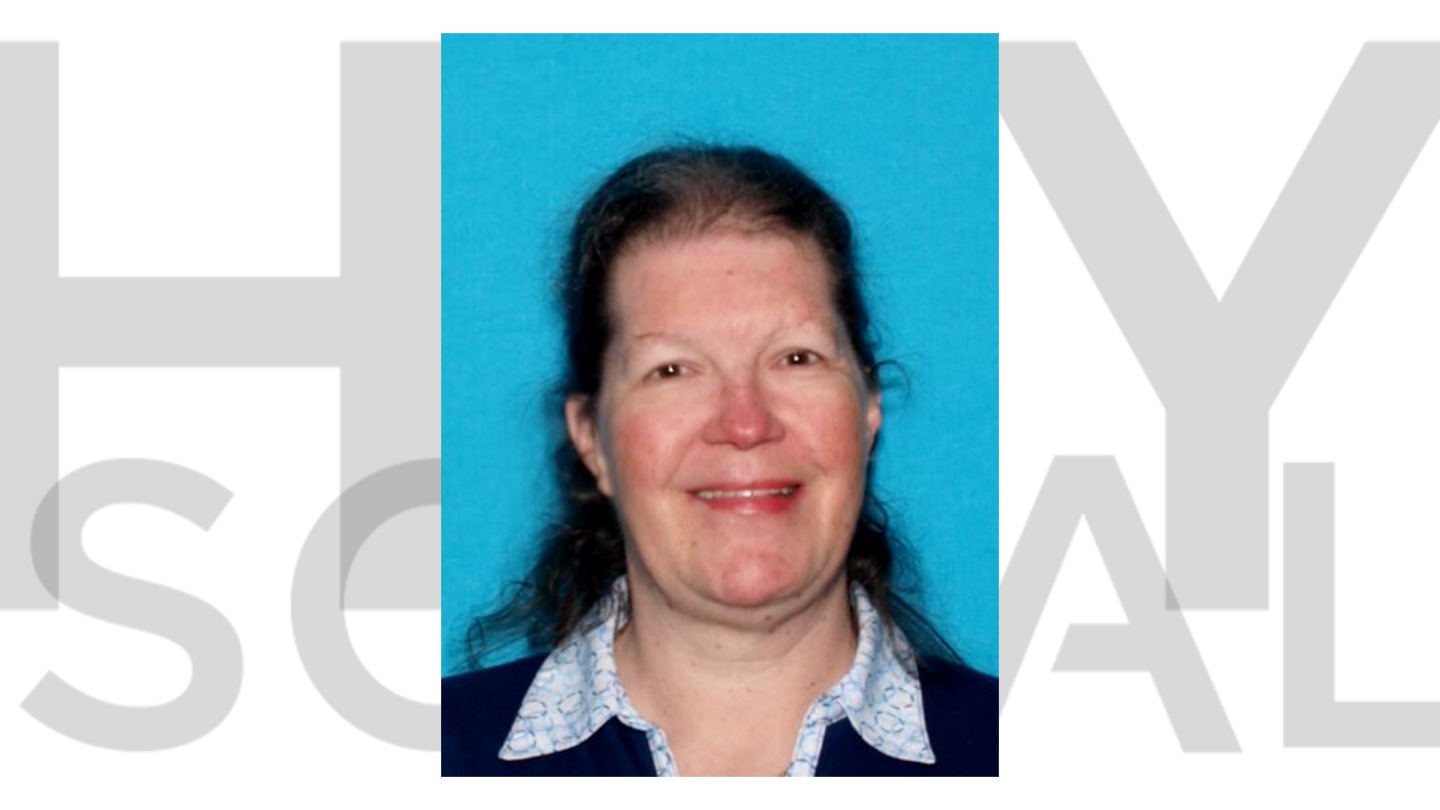The Los Angeles County Department of Public Health announced Monday it will conduct a second study, led by UCLA research teams, into the health impacts of living near the Inglewood Oil Field.
UCLA teams will develop and implement the assessment, which will take into consideration residents’ distance from oil fields in an effort to better understand how community health is impacted.
The Los Angeles County Department of Public Health will develop the assessment’s protocols in conjunction with UCLA before a review by a Community Advisory Board. The study’s findings will be made available to the public.
“This complex assessment and analysis requires a very specific expertise, which the UCLA team brings to the table,” department director Barbara Ferrer said.
“Public Health looks forward to sharing this information to inform efforts to reduce negative health outcomes for the residents in these nearby communities, including higher rates of infant mortality, asthma and cancer.”
The areas around the Inglewood Oil Field include the most affluent Black communities in the nation, including Baldwin Hills, Ladera Heights and View Park/Windsor Hills, Ferrer said.
However, despite high median education and employment levels, the Black residents suffer disproportionately from relaxed regulatory controls on polluting industries compared to affluent white neighborhoods, such as Beverly Hills.
The Beverly Hills Oil Field has stricter design and mitigation measures imposed by state and local regulatory agencies.
The assessment seeks to close the “data gap” and lead to better long- term health outcomes for residents around the Inglewood Oil Field, which has 675 active wells and is adjacent to schools, homes, hospitals, parks and churches.
“After decades of oil drilling, the negative health impacts on nearby residents, who are disproportionately Black and Brown, must be fully examined, and I applaud this important partnership between L.A. County Department of Public Health and UCLA,” said Supervisor Holly J. Mitchell, whose district includes Baldwin Hills, View Park/Windsor Hills, Ladera Heights and Culver City.
“The oil drilling in Baldwin Hills is an issue of health equity and environmental justice that acutely impacts the Black community. The full spectrum of oil drilling-related health impacts on vulnerable communities have been neglected for far too long. I look forward to seeing the results of this study and continuing to improve the health and livability of the neighborhoods in my district.”
More than a million people live within five miles of the Inglewood Oil Field, the nation’s largest urban oil field.







